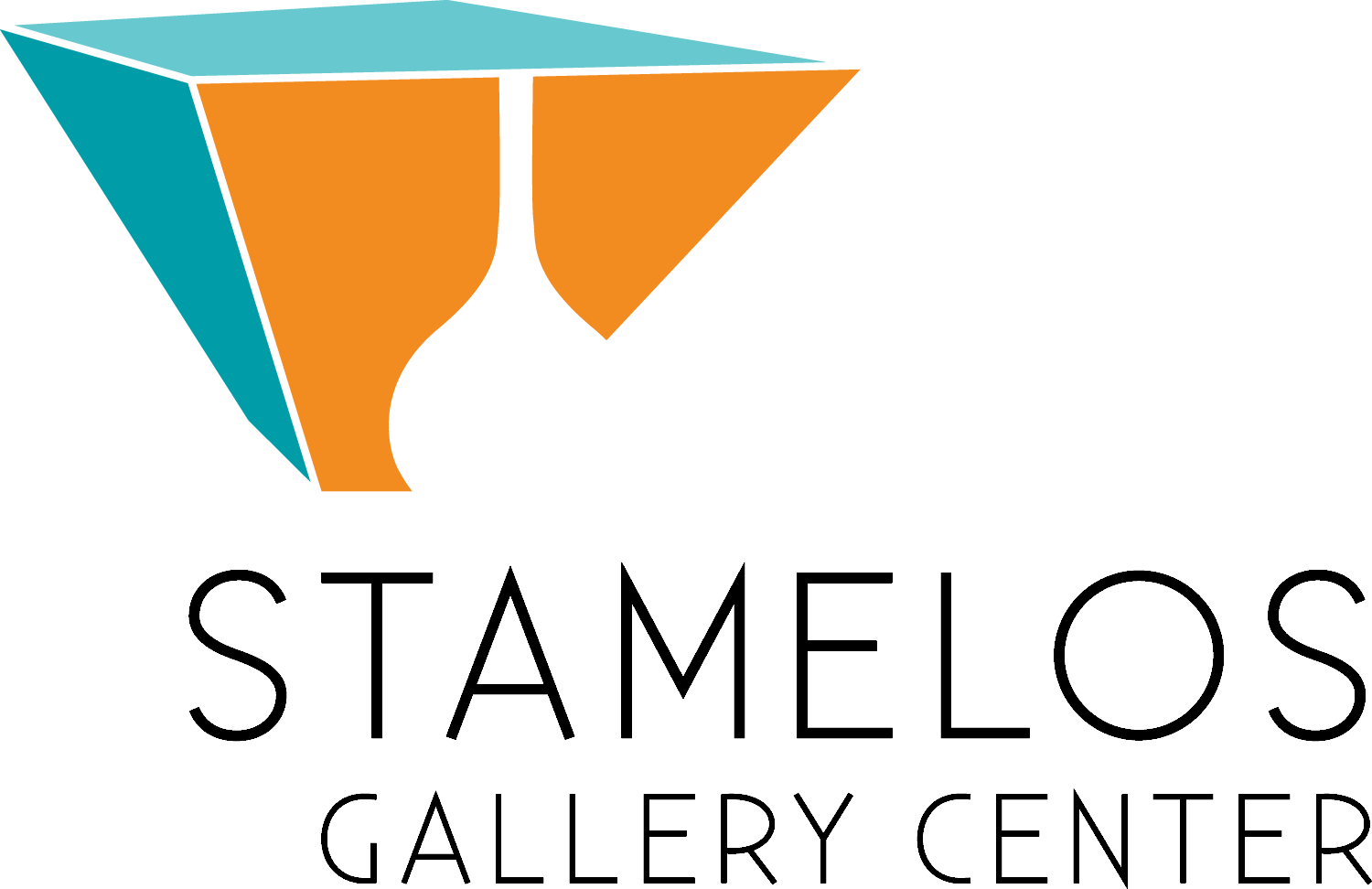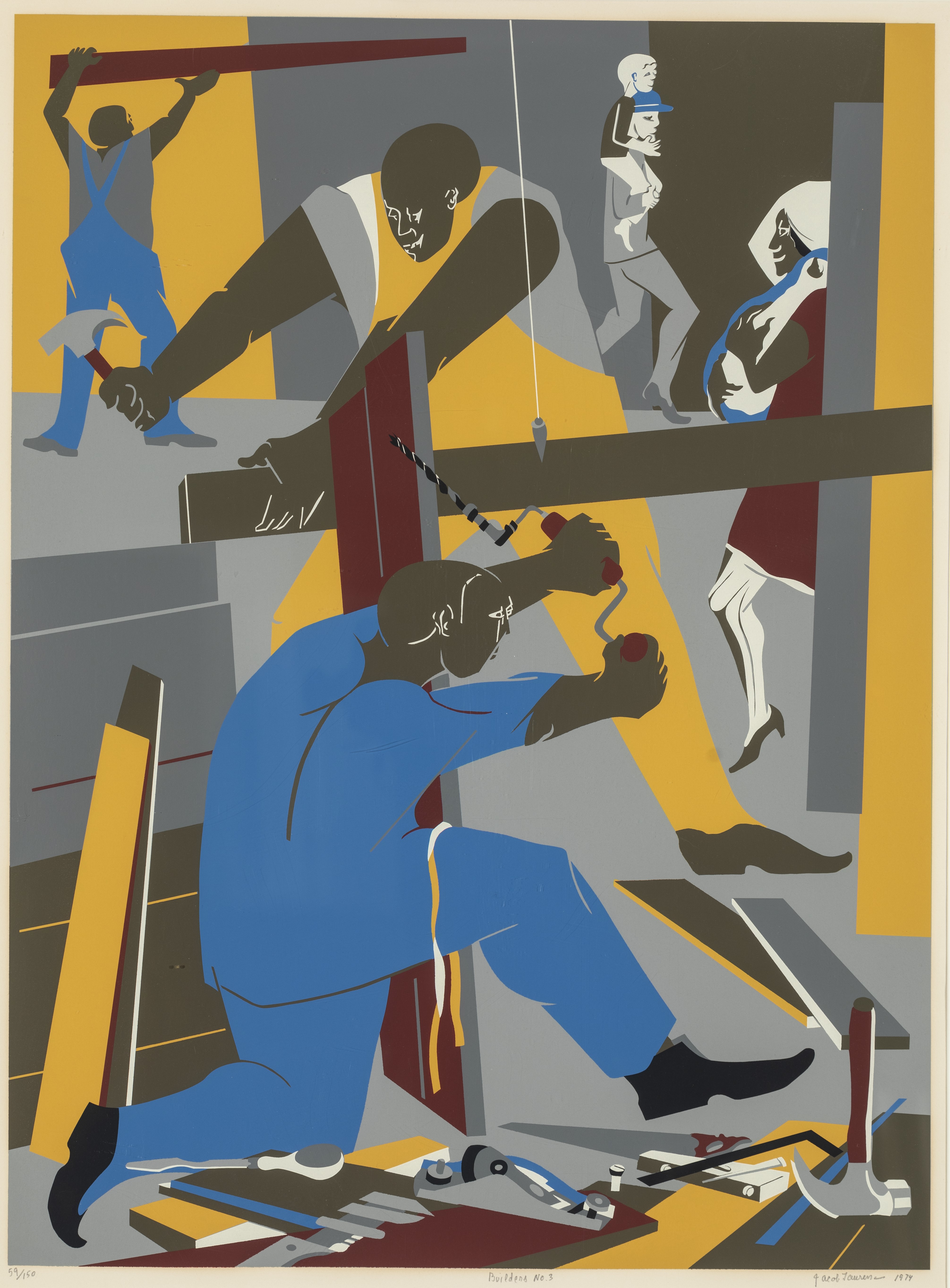
The Alfred Berkowitz Gallery at the University of Michigan-Dearborn is proud to present a fascinating collection of mixed media works and paintings by the Austrian artist Ursula Hübner. The opening reception will be held on Friday, March 27, 2015 from 5:00-7:00 p.m. in the Alfred Berkowitz Gallery located on the 3rd floor of the Mardigian Library (4901 Evergreen Road, Dearborn, Mich.). This event is free and open to the public. There will be complimentary hors d' oeuvres and beverages provided.
The exhibition will open as part of the annual Austrian Studies Association Conference with the theme Crossing Borders-Blurring Borders. At the opening reception Hübner will present a lecture at 6:00 p.m. entitled "Bodily Obsessions: The History of Austrian Painting via Egon Schiele, Maria Lassnig, Ursula Hübner, and Other Affinities".
The exhibition consists of collages and paintings from the series The World of Interiors, photographs of her installation the Art Arch of Triumph, and select stage designs. Hübner began working on The World of Interiors in 1996 after she discovered wood as a painting surface during a trip to Japan and she saw the small wooden paintings of Fr. Angelico at the Vatican Museum. In this series of small collages and paintings, Hübner fragments poses found in familiar works of old masters and in popular fashion and film magazines and presents permeable bodies and identities.
Of her pieces from The World of Interiors the artist explains, "In my pictures the space or room is also the psyche or inner world of my figures. The World of Interiors points to the interior design in a metaphorical sense: the figures in the pictures, as well as the observers, see what they want to and what they can see. Atmospheres arise that reflect possible universes. Fragments are put together in new and puzzling ways; the moods of the light, which elucidate or obscure things for us, soft floors that embrace us or let us sink. Sometimes, however, the room becomes a second body which takes up the figures or brutally isolates them."
The examples of Hübner's stage design show how she works deftly and creatively within the constraints of a text, a director's concept, a budget, and defined space to show the characters and the space in a reciprocal relationship.
In her professional life the artist has crossed and blurred many borders. Ursula Hübner studied stage design at the Mozarteum in Salzburg and painting at the University of Applied Arts in Vienna. She has been a Professor for painting and graphic art at the University of Art and Design Linz since 1998.
Her extensive body of work includes paintings, mixed media works, installations, and graphic art. She has also designed stage settings for plays by Wolfgang Bauer, Alan Bennett, Flann O'Brian, and Gustave Flaubert as well as film sets for Kurt Palm. One of Hübner's most visible installations was the Art Arch of Triumph as part of the Triennale in Linz in 2010.
She has been awarded numerous prizes, including the "Preis für Bildende Kunst der Stadt Wien" (2008) and the "Internationaler Preis für Kunst und Kultur des Kulturfonds der Stadt Salzburg" (2010).

Jacob Lawrence (1917-2000), Serigraph print, 1974
Gift of Gilbert M. Frimet,
Collection of UM-Dearborn (1980.065)
Photographed by Tim Thayer
This powerful serigraph print from the permanent collection was created by Jacob Lawrence (1917-2000), one of this century's most widely acclaimed artists.
Lawrence was born in Atlantic City, New Jersey, but moved to Harlem, New York, at 13. He is among the few painters of his generation who grew up in a Black community, received instruction primarily from Black artists, and was influenced by the experiences of Black individuals.
Lawrence's artwork portrays the lives and struggles of the Black community, capturing their experiences through several series focused on figures such as Toussaint L'Ouverture, Frederick Douglass, and Harriet Tubman, as well as themes related to life in Harlem and the civil rights movement of the 1960s. His style is characterized by vibrant colors and abstract forms.
In the 1940s, during a time of widespread segregation, Lawrence broke racial barriers by becoming the first Black artist whose work was acquired by the Museum of Modern Art in New York City.
He stated, "If at times my productions do not express the conventionally beautiful, there is always an effort to express the universal beauty of man's continuous struggle to lift his social position and to add dimension to his spiritual being."
Researched and written by:
Julianna Collins, Stamelos Gallery Center former intern, UM-Dearborn art history/museum studies graduate, Class of 2025